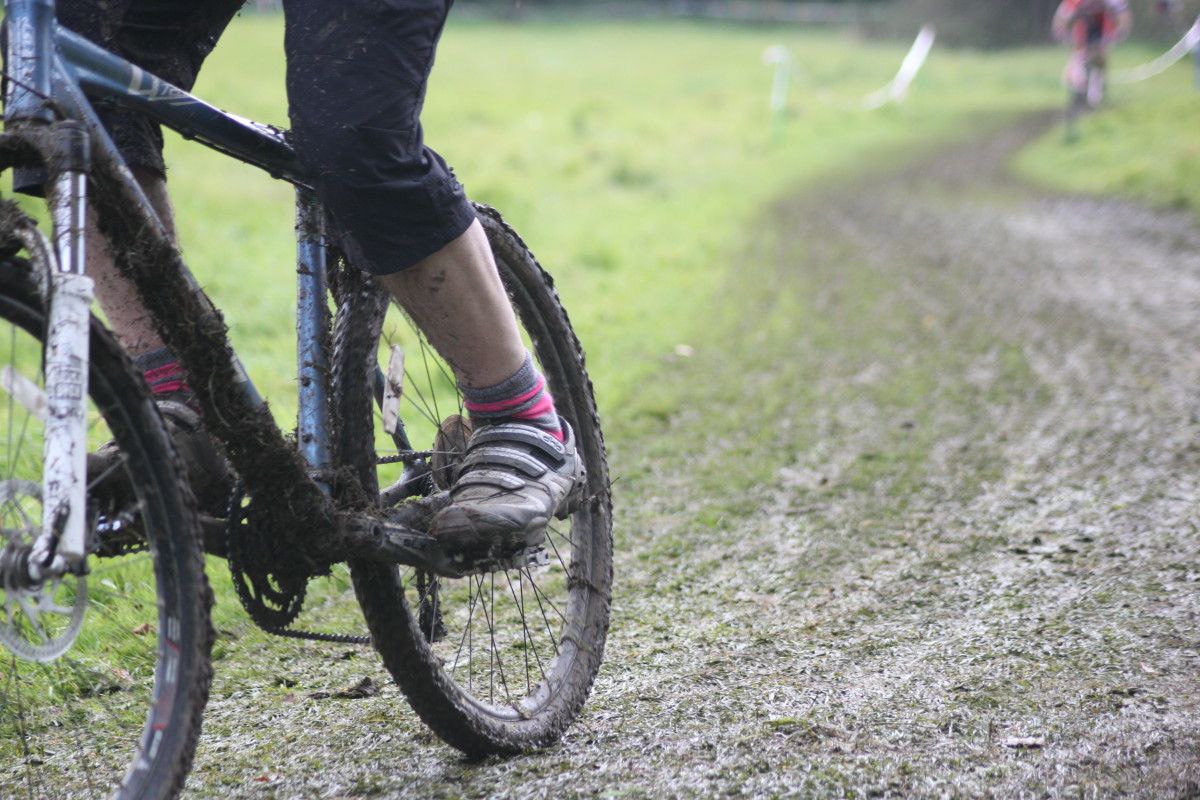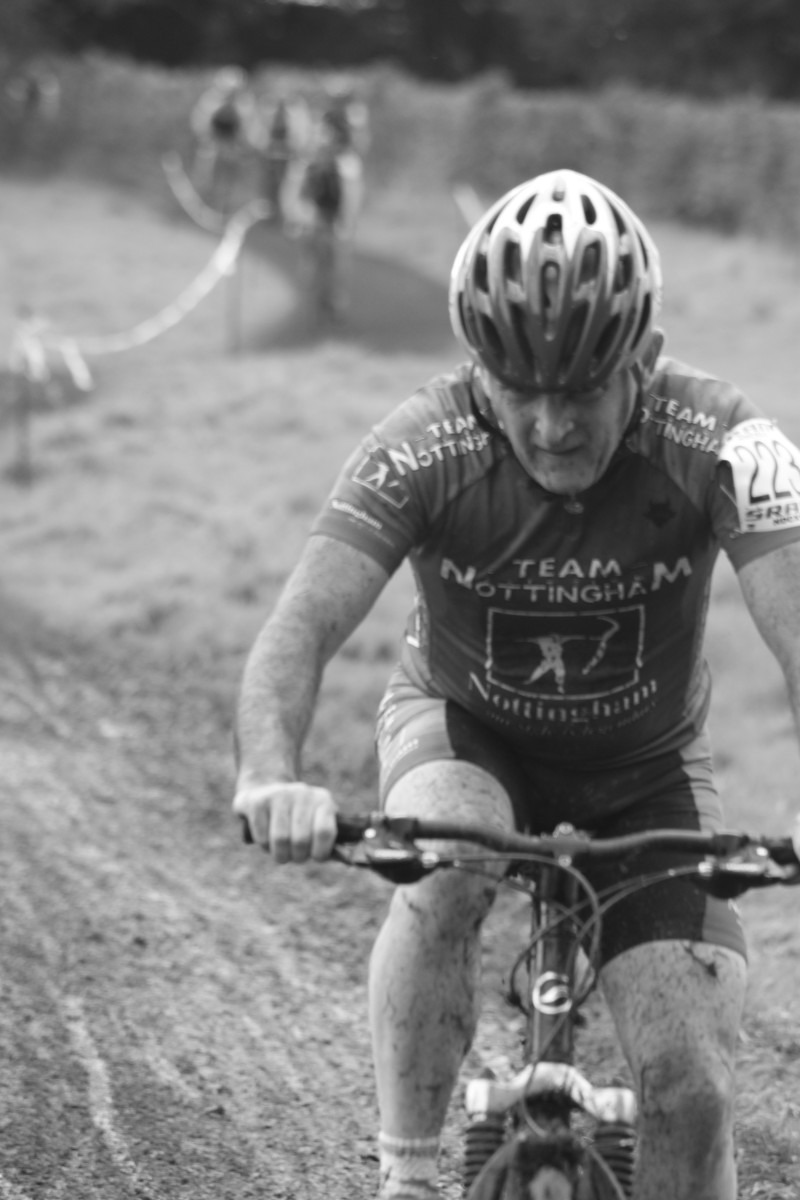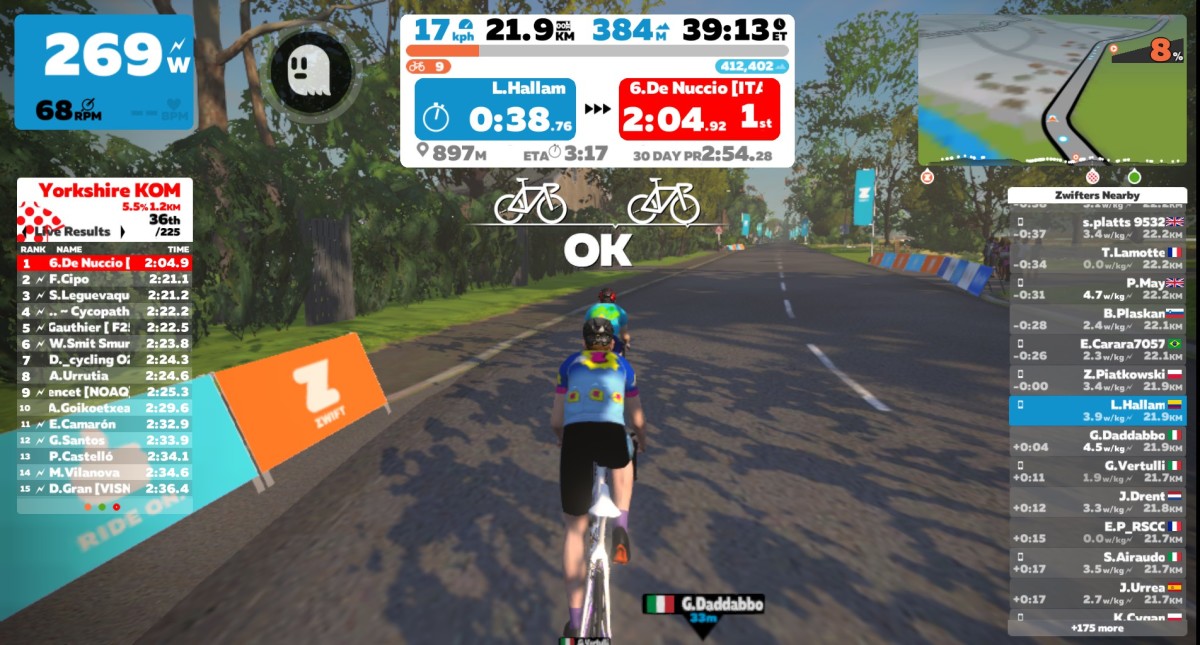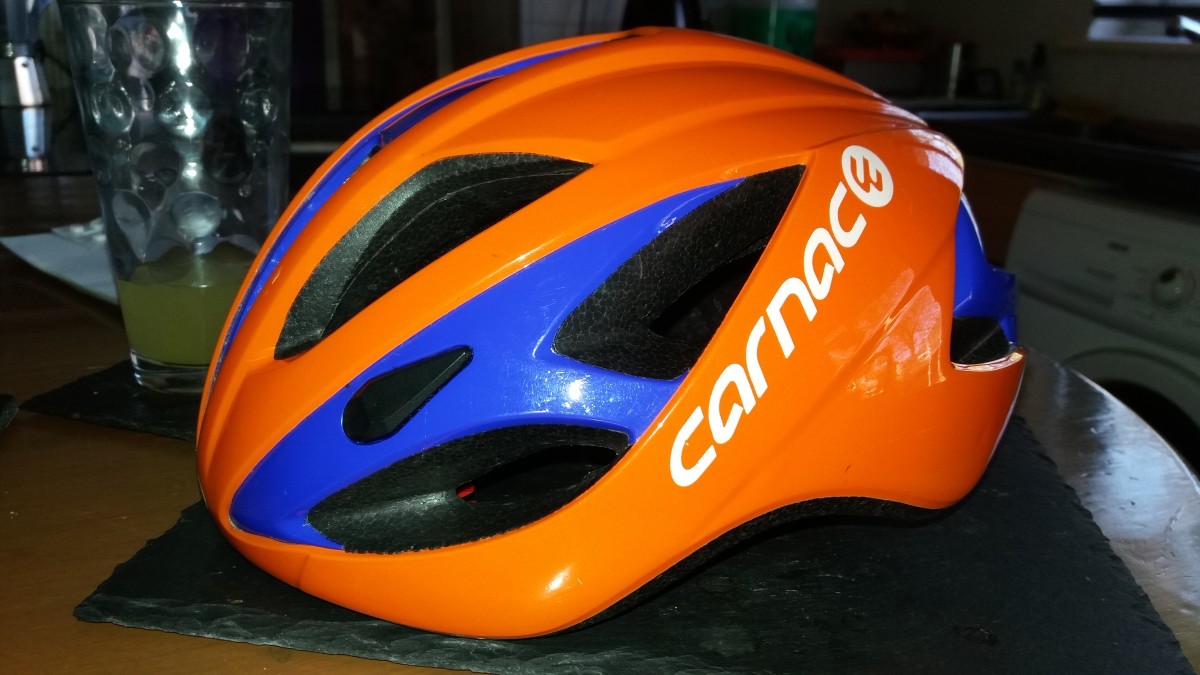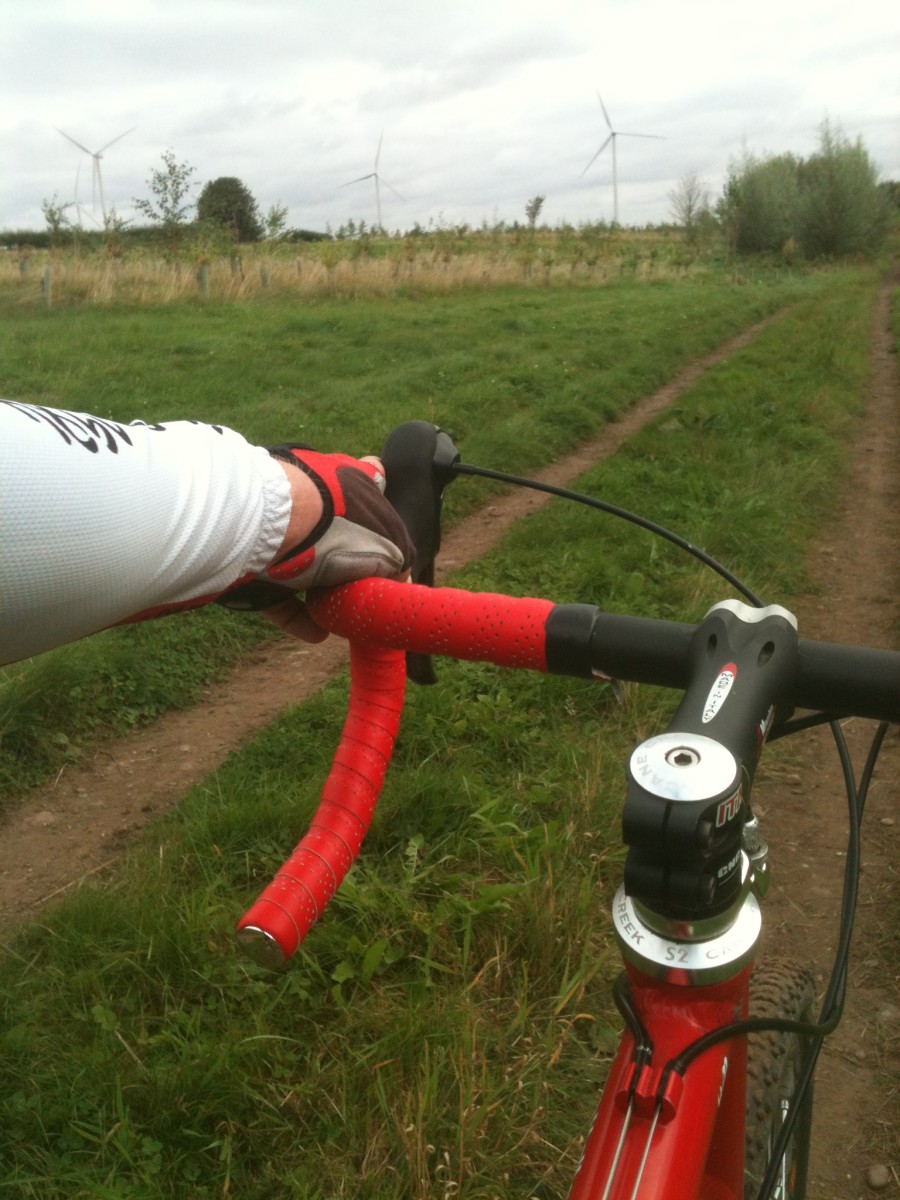Mountain Bike: Tips for Buying a Mountain Bike
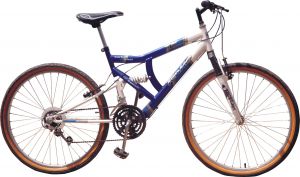
The problem with buying any product for the first time, especially one that is as technical as a mountain bike, is that you rarely know exactly what you need. This is particularly so if you are new to the sport and haven’t yet had the experience to know what features will benefit you and what impact the limitations will have on your riding experience.
It is recommended that before you consider buying a mountain bike, you should attempt to beg, borrow or steal a friend’s bike to test it out on a typical trail you intend to ride. Understand the various components of the bike and discover the benefits and limitations for yourself. This will help you better decide what is and isn’t required when you purchase your own bike.
The following are some general considerations to keep in mind when shopping for a mountain bike:
1. Budget
Entry level bikes cost around $250-$300, however, if you are planning to ride off-road, it is advisable to spend any where from $500 and upwards for a better bike. The problem with the lower end bikes is that they do not handle the rough terrain very well. The eventuality is that you will spend more money on costly repairs and upgrades.
Buying a second hand bike can be a good option if budget is a constraint however the problem with second-hand mountain bikes is that they have usually been through quite rough handling and may require more frequent repairs which offsets your initial costs. That said there are also many second-hand mountain bikes that have relatively low usage and are in good condition. The question is whether you can get your hands on a second hand mountain bike is in good condition and fits your personal requirements.
Your budget will also be affected by the type of mountain bike you want and need. The type of mountain bike most suited to your requirements depends on the type of mountain biking you intend to participate in – cross country, downhill, freeride, or trials/street riding. Other considerations are whether you intend to participate in competitions or not.
Keep in mind that you don’t necessarily have to buy the best bike that money can buy. Many parts on the mountain bike can be upgraded at a later stage as your skills improve and the need for a better part is warranted.
2. The Frame
This is probably the most important part of your bike because your comfort and ability to ride well depends on it. Firstly, you need to determine which frame is the right size for you. A common method for checking is to use the “stand over” method – that is, when you are standing astride the bike with both feet flat on the ground, there should be a 7-13cm clearance between your crotch and the top tube of the bike frame.
Figuring out which type of frame you require will depend on your style of riding. Ideally, avoid bikes that are made of steel as they are low quality and very heavy. Commonly bought mountain bike frames are made of one of four types of materials:
- Crom-oly: Made of a mixture of steel, chromium and molybdenum, these are a good alternative for beginner bikers. Though heavier than aluminium, crom-oly frames are great for handling vibrations on rough terrain.
- Aluminium: A popular frame element, aluminium offers a light and fairly strong frame. Unfortunately, it can bend under extreme conditions so make sure you have a lifetime warranty on it. Another downside of aluminium is that it does not handle suspension well.
- Titanium: More expensive than aluminium but just as light. It is also as strong as the crom-oly frames however titanium frames have a reputation for being weak at the joints so make sure you select a reliable brand.
- Carbon Fiber: Very light and very strong - if the frame is made with solid carbon fiber tubes. The downside of carbon fiber is that it is easily damaged by rocks.
3. Suspension
If you’re planning to ride off-road with your mountain bike, then having some sort of suspension is recommended. Without it, you subject your body to heavy vibrations which are not only uncomfortable for you but can result in possible wheel failure for your bike.
The choice is usually between a full suspension and a hardtail bike. Hardtails, though cheaper, have only front suspension. They are lighter, great for climbing hills, and easier to maintain. Full suspension bikes have both front and rear suspension. Though they are heavier, more expensive and require more maintenance, they provide better control over technical terrain and greater comfort for the rider.
4. Seat
Since you’ll be spending a lot of time in it, it is worth while looking for a comfortable seat. These are some of the options:
- width: in general, women should opt for a wider seat that offers more support for their wider set hips.
- seat post: tall and/or heavy riders should consider upgrading their seat posts.
- split nose: relevant to male riders only. Manufacturers claim that these seats reduce the risk of testicular cancer because it places less pressure on the blood vessels of the scrotum, although the claims have yet to be proven.
There are a variety of other features you can opt to have in your seat, such as sweat absorbing, reduced chaffing, etc.
5. Brakes
There are two systems you can choose from – the standard cable rim brakes and hydraulic disk brakes. Cable rim brakes are cheaper and easier to maintain, but don’t work as well in wet or muddy conditions. Disk brakes are expensive but they are great in all weather conditions.
If cost is a factor, you can go with the cable rim brakes to begin with but check to make sure it is possible to upgrade to hydraulic brakes at a later stage should you decide you require them.
If you are getting cable rim brakes, make sure you can lock the wheels using only two fingers. Check the alignment of the pads – they should not touch the rims when they are in motion. The pads should also be equal distance from the rim.
6. Gears
There are two parts to consider here – the shifters and the derailleurs.
The shifters come in two types – grip shifters and trigger shifters. Grip shifters allow you to change the gears through a twisting action on the grip on the handle bars without having to remove your hands. Although grip shifters are popular, the problem with them is that it is easy to inadvertently shift the gears during riding. Trigger shifters are the better choice. These may be located above or below the grip, although the ones located below the grip (also called “rapid fire”) are recommended.
Shimano is probably the most common brand of derailleurs available on the market. Recommended derailleurs are the ones marked with the letters LX or XT. You don’t necessarily have to look specifically for a bike with these derailleurs as you can upgrade this feature later. If you do make an upgrade, the rear derailleurs are more important as they require more precise shifting compared to the front.
Always test the gears before riding out of the store to ensure they shift smoothly and that all the gear ratios work. Check that the cables are caped at the end and that the limiting screws are adjusted properly so you don’t accidentally shift off the chain ring.
7. Tyres
The type of tyres you require will depend on the type of riding you intend to undertake. Aggressive treads are better for muddy trails, while less treads and harder sidewalls are better for firmer trails. Hard wheels are preferable if you tend to ride hard, while small wheels may be lighter but are more vulnerable to wear and tear. You can also buy specialty tyres made for specific conditions, such as ice and snow.
Start with the tyres that come with your bike and upgrade as you get better and determine the requirements of the tyres that will work best for the types of environment you ride in.
8. Pedals
Most bikes come with toe straps that prevent your feet from slipping off the pedals and increase the efficiency of your pedal stroke. You can also opt to have clip in pedals which require special riding shoes that attach to your pedals. These are even better for improved riding efficiency and offer you better control of the bike however these are not recommended if you are new to biking as there is a learning curve associated with them.
9. Bike Fit
Aside from the size of your bike frame, you also need to check if the bike fits you in other ways. One consideration is the distance from the seat to the handlebar which can determine whether you ride more upright or streamline. A more upright position reduces stress on the neck and shoulders but sacrifices control. Seat height is self-adjustable, but you can ask someone at the shop to help you adjust it to the right height for you.
10. Guarantee
Make sure there is a guarantee on your bike. All frames usually come with a lifetime guarantee, but check with your dealer to confirm this. Other parts are not necessarily covered under this warranty, however.
When it comes to buying a mountain bike, there are a lot of components to consider which impact that kind of bike you end up with. To determine what would work best for you, make sure you do your research. Read reviews and talk to other riders to get a better feel for what is available before stepping into a shop.
Although you can shop around for the best deals and discounts, it is better to buy a bike from a reliable dealer that you can go back to in the event you run into any trouble with your bike. Once you have decided on what you want on your mountain bike, make sure you give it a good test run before making the final purchase.






